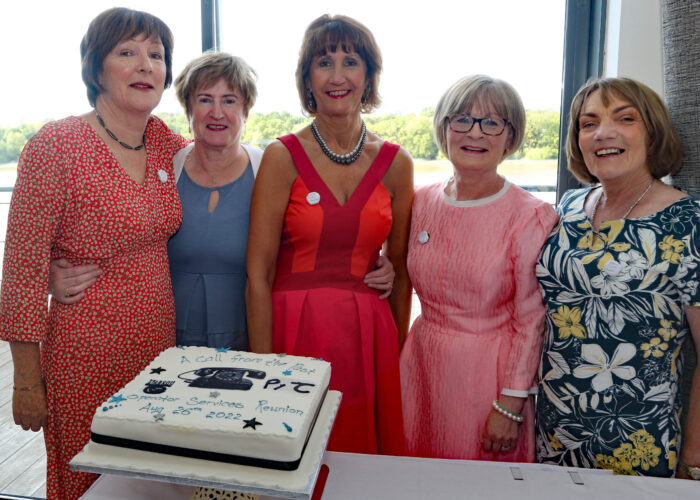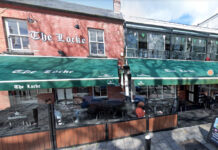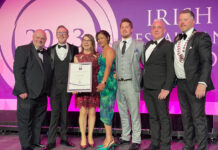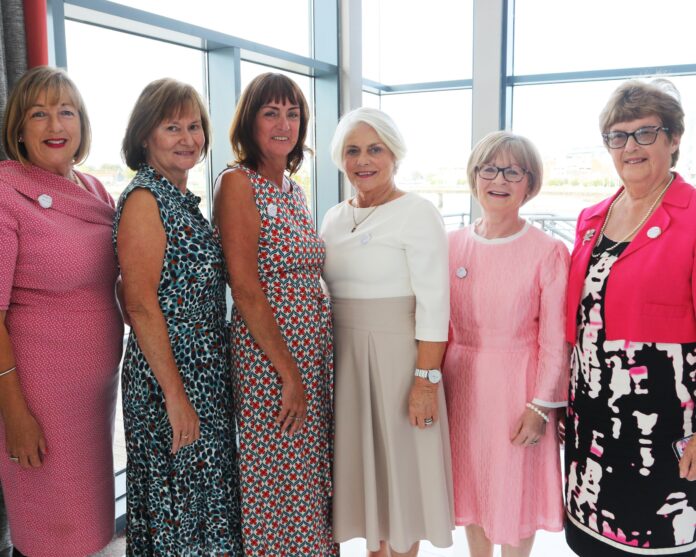
THERE was a time in the not too distant past where, if you wanted to place a call to someone in America or Timbuktu, you would dial the local telephone operator on ’10’ to be connected.
In our cutting-edge technological age, the very notion probably sounds totally antiquated to the Tik Tok generation.
Looking back, and considering the devices we now carry in our back pockets, it does seem a bit ‘Little House on the Prairie‘.
My own father worked as a telephone operator for many years and often came home with weary tales of pranksters and drunken calls that made up a part of his night-time shift in the Roches Street Telecom exchange.
The original telecommunications networks was taken over by the Irish Department of Posts and Telegraphs (P&T) from the British Post Office in 1921 and used a mixture of manual and automatic exchanges.
In Ireland, the first telephone exchange was opened in Dame Street, Dublin, in 1880 – only four years after Alexander Graham Bell got his patent for the telephone. The exchange was operated by the United Telecom Company and had just five customers.
Development of the network was relatively stagnant with slow rollout of automatic switching until after WWII. From 1957 onwards, the P&T began to roll out more modern automatic exchanges and this saw significant improvements to many services, but the network was still quite underdeveloped in rural areas.
The network also required an army of telephonists, or operators as they were also known, to effectively run the connectivity.
In rural Ireland at the time, very few people had telephones. In many villages the only telephones were in the post office. The parish priest’s house, doctor, vet, and maybe the odd pub or hardware shop might have had one too, if you were lucky.
It took a long time before people in sparsely populated rural areas were connected. Back in the fifties and sixties, it was expensive to get a phone and applicants often had to wait a long time to be connected.
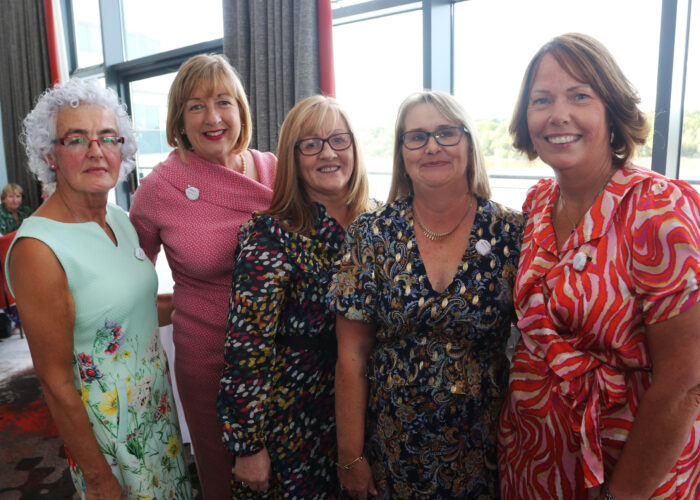
New customers often had to pay for the erection of telegraph poles from a main road to their house which could be at the end of a long boreen.
The ‘10’ operator service was labour intensive and huge numbers of telephone operators were employed by the Department of Posts and Telegraph all over the country.
In Limerick, the telephone exchange was, and still is, in Roches Street and it was here that most of the telephonists were based. There was also a centre in Henry Street at the rear of the GPO. These centres could be compared to the call centres of today and were vital components for business and commercial life.
In Limerick, the operators dealt with the 999 service, directory enquiries, telephone accounts, and, of course, local and national call connectivity.
Up to the 80s, international calls had to be booked through the Dublin International Exchange. The Operator Service Centre in Limerick was closed in the late 90s and many of the telephonists redeployed to service support centres and help-desks and brought with them the work ethic and dedication that had been the hallmark of their time in operator services.
Last Friday, a huge number of Limerick telephonists from the fifties through to the eighties came together at the Clayton Hotel to share stories and memories and remember those that are no longer with us.
It proved an emotional and special occasion for these unsung heroes of Irish life.
